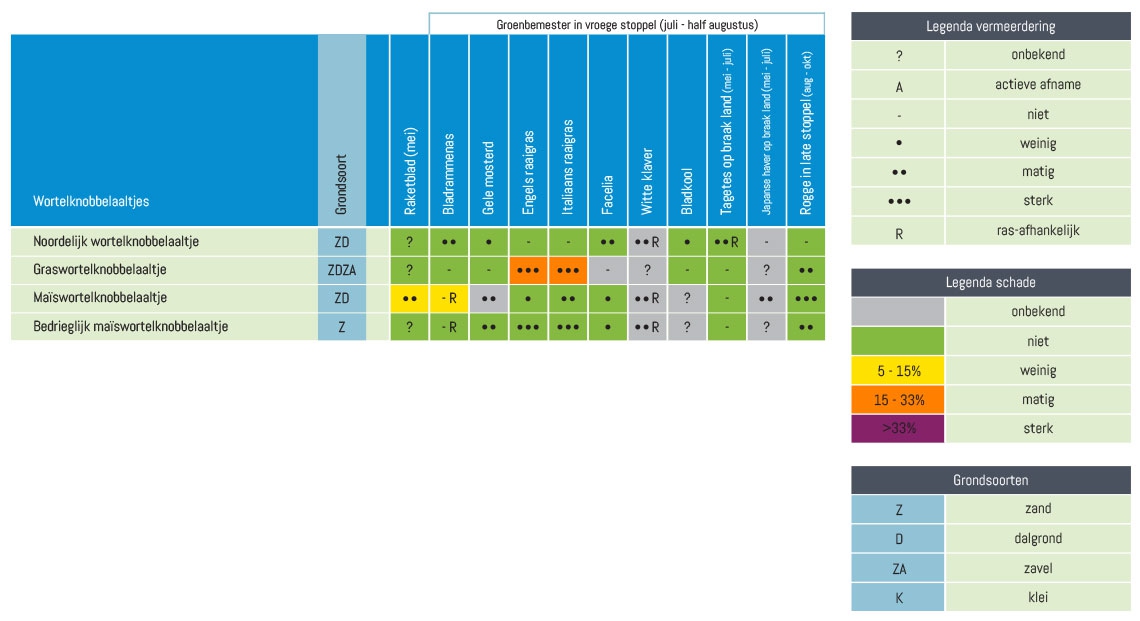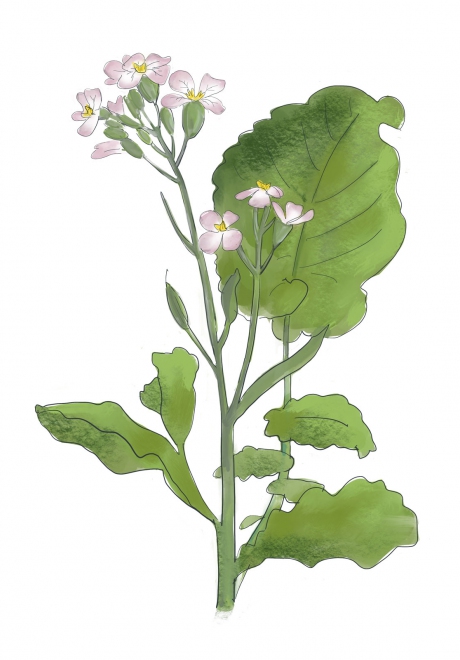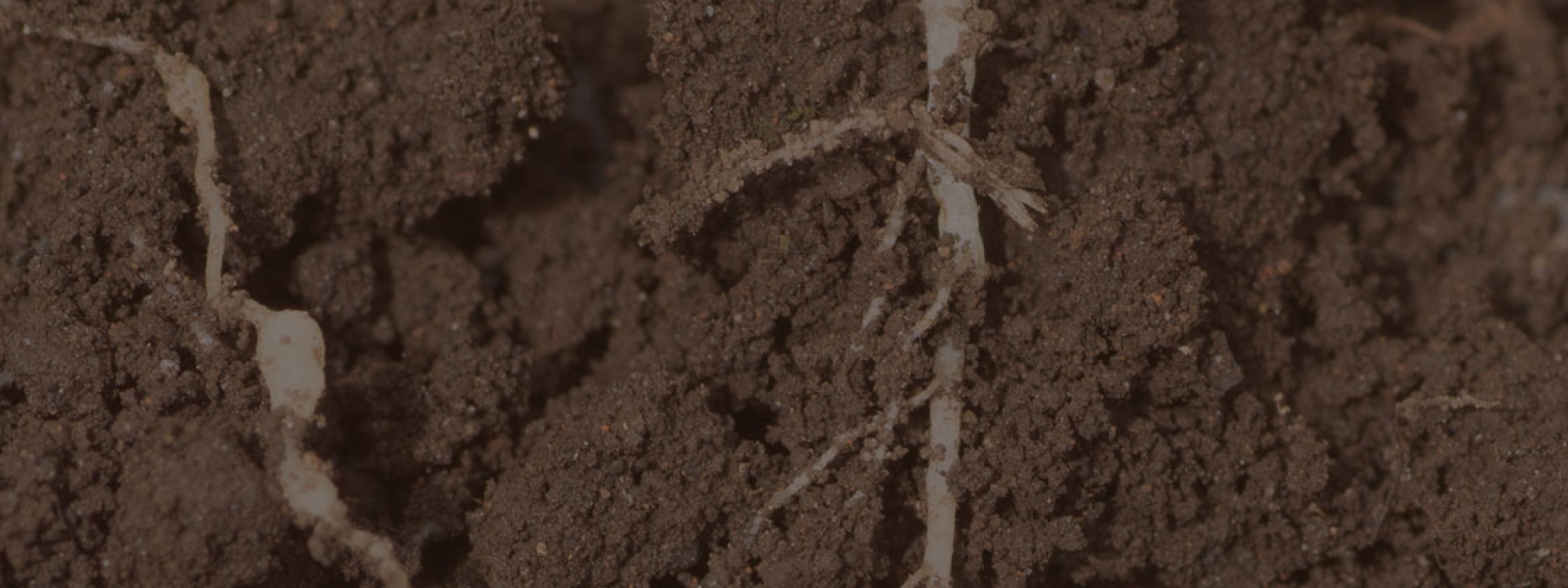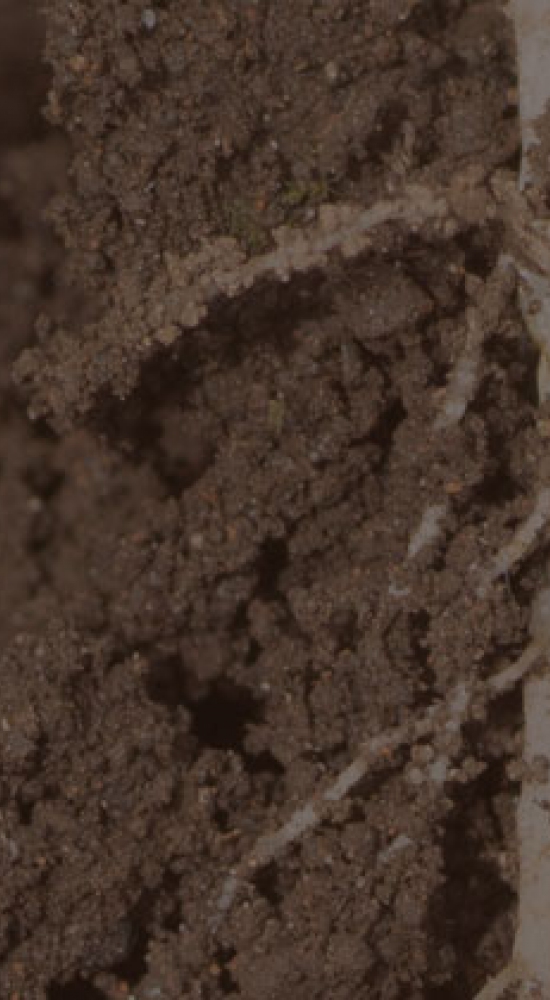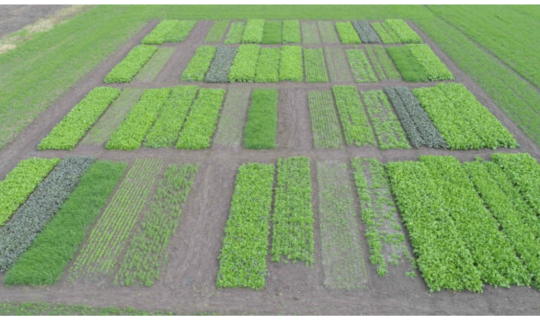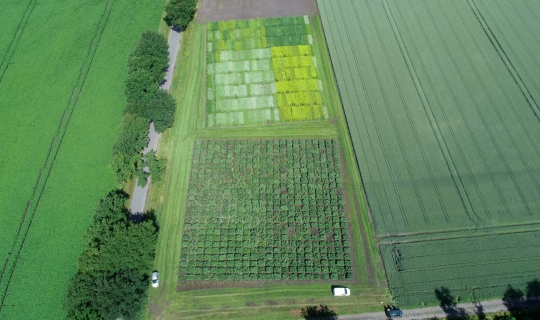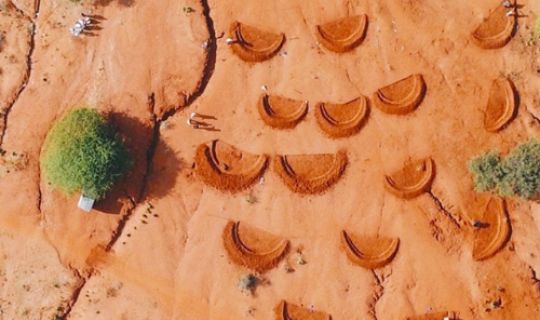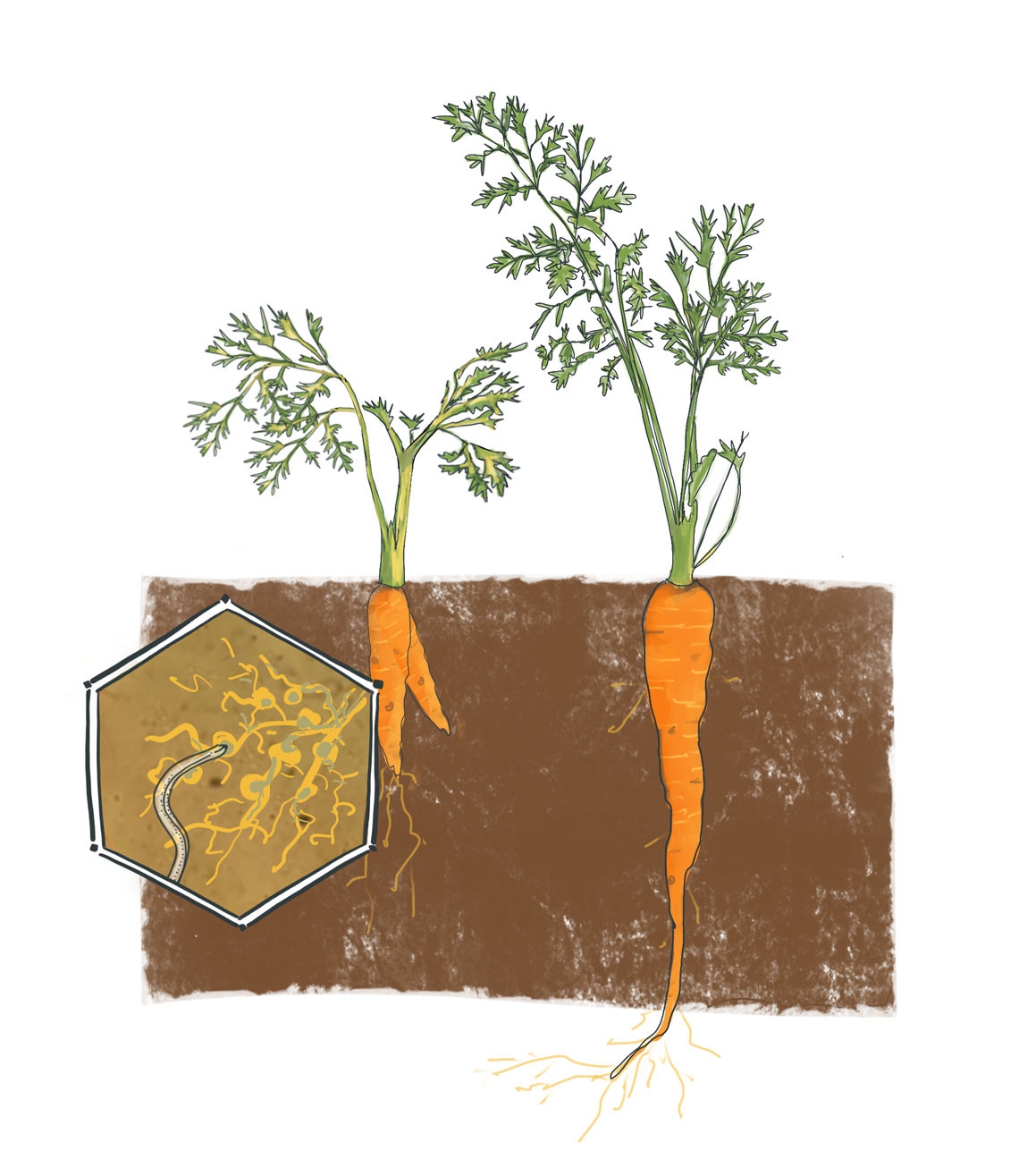
Root knot nematodes
From an agricultural point of view, the following four root knot nematode species are problematic: the Columbia root knot nematode (M. chitwoodi), the false Columbia root knot nematode (M. fallax), the Northern root knot nematode (M. hapla) and the barley root knot nematode (M. naasi).
Root knot nematodes penetrate the roots and cause considerable damage. The feeding cells they create lead to knots on the roots. This leads to yield and quality damage.
Especially the correct soil temperature is decisive in the occurrence of damage caused by root knot nematodes. In the egg masses, the eggs are relatively unprotected. In the absence of a host plant, the natural mortality of root knot nematodes is therefore high. The nematodes multiply on many host plants, with 3 to 4 generations per year. This makes it very difficult to expand the crop rotation plan as a control measure.
Information about the root knot nematodes
- In many cases no damage can be seen above ground.
- Visible underground at the roots due to the formation of knots
- Chitwoodi and Fallax often have inconspicuous elongated knots
- In the case of mixed populations, often indistinguishable, thus analysis is needed
- Yield, but mainly quality loss
- Company hygiene
- Soil sample research with species determination
- Do not include bad host plants in the crop rotation
- Use of resistant green manures
- Soil treatment with nematicide


